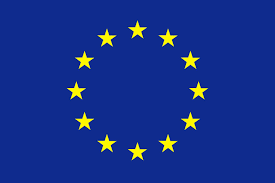Who we are - catclinart
Who Are We?
Project Leader: Health Management Foundation of the Hospital de la Santa Creu i Sant Pau.
Collaborators: All public departments of radiotherapy oncology in Catalonia, the Department of Health of the Generalitat of Catalonia, and the National Dosimetry Center.
Advisory Board: Composed of national and international experts in clinical audits, representatives of Spanish scientific societies, and a representative of patients.
- Hospital de la Santa Creu i Sant Pau
- CST
- IISPV/HUSJR
- CLINIC/IDIBAPS
- CND
- HDELMAR
- ICS- IRB LLEIDA -HUAV
- ICO
- Vall d´Hebron Institute of Oncology (VHIO)
- DSC
-

The Health Management Foundation of the Hospital de la Santa Creu i Sant Pau (FGSHSCSP) manages the Sant Pau Campus Health Barcelona, which brings together its five different areas of activity: the Hospital de la Santa Creu i Sant Pau, the Sant Pau Research Institute, the Sant Pau Innovation Campus, the Sant Pau Learning Campus, and the Private Foundation of the Hospital de la Santa Creu i Sant Pau.
The Hospital de la Santa Creu i Sant Pau is a high-complexity center that, with six centuries of existence, represents the oldest hospital institution in Spain. Its activity is primarily focused in Barcelona and extends throughout Catalonia, in addition to having a significant impact across Spain and an important international projection. In terms of care, the Hospital stands out in numerous activities, which are considered a reference in its field of action. Annually, more than 35,500 inpatients and around 160,000 emergency cases are treated. More than 460,000 visits are made annually to outpatient clinics, and more than 97,000 users are attended in the Day Hospital. It has 135 Day Hospital points, 548 beds, and 22 operating rooms.
The Sant Pau Research Institute (IR Sant Pau) acts in the CAT-ClinART project as a key contributor to the FGSHSCSP.
-

Consorci Sanitari de Terrassa is an integrated healthcare organization providing healthcare services to people inside the Catalan National Healthcare System (SISCAT), from primary childcare, adult care and geriatrics to hospital care. Founded in 1988, together with the Generalitat de Catalunya (Catalan Government), Ajuntament de Terrassa (Terrassa City Hall) and Fundació Sant Llàtzer. We care for more than 200,000 people in the towns within the Vallès Occidental region. We also offer our services to the elderly, both homecare services and at our social healthcare centres, and we count with the most advanced technology. But above all, we want to be close to you. We not only want to cure your illnesses, but we want to help you prevent them. We are here, so that you and your family can enjoy a healthy and active lifestyle.
-
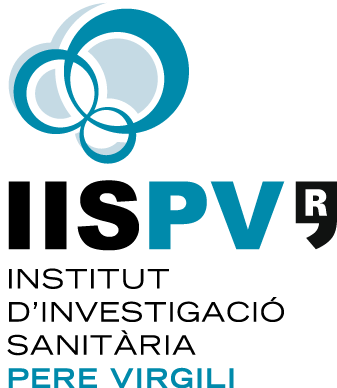
The Pere Virgili Health Research Institute (IISPV, www.iispv.cat) integrates biomedical research of Camp de Tarragona and Terres de Ebre (southern Catalonia), including the main hospitals in the area and the Rovira i Virgili University (URV). Since its creation in 2005, IISPV has brought together and managed biomedical research and innovation and works hard to guarantee its translation into quality clinical practice for the benefit of patients and an improvement in the health of the population. The IISPV has more than 400 professionals, including healthcare research staff and its own research staff (R1, R2, R3, R4), technicians, and managers, and focuses its work on four major scientific areas, including oncology. Since 2015, IISPV has been recognized with the seal by The Human Resources Strategy for Researchers (HRS4R) and it was reaccredited as a CERCA center (Centres de Recerca de Catalunya) in December 2022.
Hospital Universitari Sant Joan de Reus (HUSJR, www.salutsantjoan.cat) is the Reference Health Center for cancer radiation treatments of patients diagnosed in the province of Tarragona, Catalonia, Spain, and treats patients from different hospitals, with a reference population of 813000 inhabitants. In 2023, 2700 patients were treated in the Radiation Oncology Department. HUSJR is a University Hospital with a teaching Unit of the Faculty of Medicine at the Universitat Rovira I Virgili (URV) of Tarragona. Since June 2020, the Hospital has been part of the Public Law Entity (EDP) Salut Sant Joan de Reus - Baix Camp. The Research Group on Radiation Oncology (RGRO) of HUSJR and IISPV, started in 2010, develops multiple projects with other research groups from IISPV (Unitat de Recerca Biomèdica - URB) and the URV. The group has published 250 peer-reviewed articles indexed in scientific journals with an international scope.
-

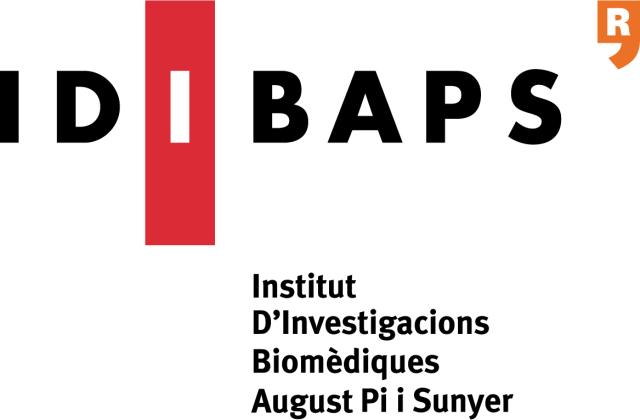
The Hospital Clínic de Barcelona is a university hospital with over a hundred years of history, committed to healthcare, research, and teaching in collaboration with the University of Barcelona. It is a reference center in Catalonia and Spain, as demonstrated by the annual evaluations. The Clínic has the Fundación Clínic for Biomedical Research (FCRB) and the August Pi i Sunyer Biomedical Research Institute (IDIBAPS), which integrate basic and clinical research. FCRB-IDIBAPS is a research organization dedicated to translational research in the field of biomedicine, with the mission to integrate cutting-edge basic research and high-quality clinical research. The institution ranks first in productivity and scientific quality among Certified Health Research Institutes in Spain (for example, 1,815 indexed original articles and an average impact factor of 7.7 in 2021). The Radiotherapy Oncology Service of the Hospital Clínic de Barcelona is part of the Cancer and Blood Diseases Institute (ICAMS). This service is composed of a multidisciplinary team that includes specialists in radiotherapy oncology, hospital radiophysics, radiation therapy technicians, and advanced nursing staff. The service stands out for its clinical and technological expertise and has obtained ISO 9001 certification, ensuring a strong commitment to quality and continuous improvement. The service has 4 state-of-the-art TrueBeam linear accelerators (Varian Medical Systems), a high-rate brachytherapy unit (microSelectron HDR, Elekta), an orthovoltage unit (Gulmay, XStrahl), intraoperative electron radiotherapy (Liac, Sordina), and 2 planning CT scanners (GoOpen Pro, Siemens) and serves a population of 1,200,000 inhabitants, with approximately 2,300 treatments annually.
-

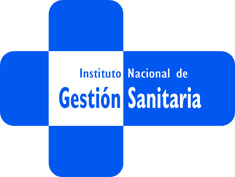
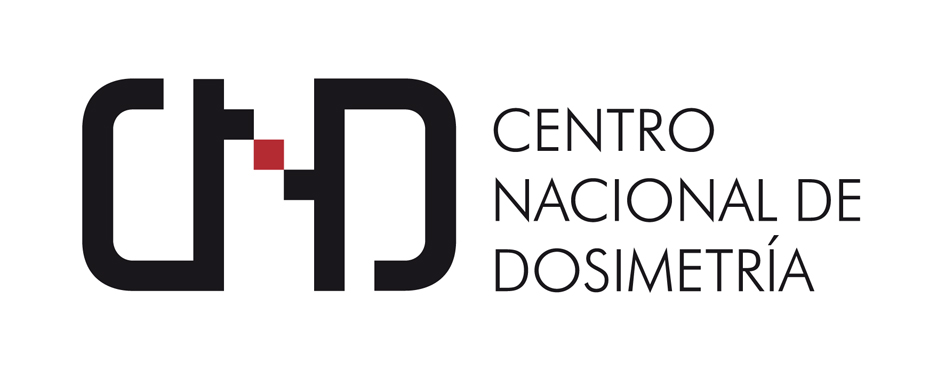
The Centro Nacional de Dosimetría (CND) is a technological support service, complementary to healthcare, specialized in radiological protection against the harmful effects of ionizing radiation.
The responsibilities of the CND include the protection, promotion, and improvement of occupational health in the field of Radiological Protection, the implementation of specific protection and prevention programs aimed at population groups with higher radiological risk due to the use of ionizing radiation, such as patients and workers in the National Health System subjected to diagnostic or therapeutic use of ionizing radiation, the promotion of scientific research in the specific field of diagnostic and therapeutic uses of ionizing radiation, and the conduct of necessary studies to more effectively guide the prevention of health risks caused by ionizing radiation, based on an organized system of dosimetric surveillance and information.
-

Hospital del Mar is a modern university hospital located by the sea in Barcelona. It handles medium to high-complexity cases and stands out for its strong focus on research, closely collaborating with IMIM. Its unique architecture, filled with Mediterranean light, reflects the multicultural diversity of the Ciutat Vella and Sant Martí districts. In 2017, it completed the first phase of an expansion project, adding 15,877 m² and enhancing key services such as oncology, emergency, and gynecology. Future phases, involving two new buildings, will increase its total area to 103,500 m², replacing older facilities and boosting its capacity. Currently, it has 404 beds, 12 operating rooms, 69 consulting rooms, 51 emergency points, and various specialized care units, establishing itself as a healthcare benchmark in the city.
-

The Arnau de Vilanova University Hospital (HUAV) is the reference hospital for the health regions of Lleida, Alt Pirineu, and Aran. Its management is under the Catalan Health Institute (ICS), a public company affiliated with the Department of Health of the Generalitat de Catalunya.
The Radiotherapy Oncology Service at HUAV, made up of specialists in radiotherapy oncology, radiotherapy technicians, and nurses, has two linear accelerators, a superficial radiotherapy unit, and a CT simulator. The Physics and Radiological Protection Service at HUAV consists of specialists in hospital radiophysics and dosimetry technicians, providing support to all the services in the health area managed by ICS that use ionizing radiation for the treatment and/or diagnosis of patients. Both services collaborate with the University of Lleida and the Biomedical Research Institute of Lleida in teaching and research activities.
The Biomedical Research Institute of Lleida is an institution dedicated to biomedical research, jointly owned by the University of Lleida and the Catalan Health Institute.
-

The Catalan Institute of Oncology (ICO) is a public, non-profit institution under the Catalan Health Service, dedicated to comprehensive cancer management, encompassing prevention, care, specialized training, and research. Regarding radiotherapy, ICO serves nearly half of Catalonia's adult population, operating through a network of centres in L’Hospitalet, Badalona, and Girona, integrated with university and local hospitals.
The Radiation Oncology and the Medical Physics and Radiation Protection departments deliver cutting-edge treatments such as external radiotherapy and brachytherapy, ensuring precise dosimetry, treatment safety, and adherence to radiological standards. ICO is committed to excellence, demonstrated by ISO-9001:2015 certification and a robust audit program. Clinical audit projects enhance quality by analysing treatment outcomes and aligning practices across its centres. ICO's participation in international initiatives, such as IROCA (Improving Radiation Oncology using Clinical Audits) and PrISMA (Preparatory activities to support Implementation of quality and Safety of Medical ionising radiation Applications) has contributed to optimizing protocols and advancing cancer radiotherapy practices on a European scale.
-
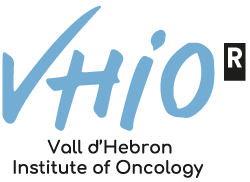
The Vall d´Hebron Institute of Oncology (VHIO) is a leading comprehensive cancer centre of excellence. VHIO’s scientists and research physicians adopt a purely translational research model, working together as multidisciplinary teams to both accelerate and advance personalized and targeted therapies against cancer.
Vall d’Hebron Campusl (VHUH) . Is a leading healthcare campus encompassing all fields of health: from healthcare and research to teaching and management. VH Campu is composed by five entities; VH University Hospital, VH Research Institute (VHIR), VH Institute of Oncology, Multiple Sclerosis Center of Catalonia (Cemcat) and Autonomous University Of Bacelona (UAB). Vall d’Hebron University Hospital is the largest hospital in Barcelona and the second largest in Spain. It is the sum of four hospitals: the General Hospital, the Children’s Hospital, the Woman’s Hospital and the Traumatology, Rehabilitation and Burns Hospital. Vall d’Hebron Barcelona Hospital is a world-leading health park with more than 9000 professionals where healthcare plays a crucial role.
Medical Physics and Radiation Protection Department (MPRP) is a multidisciplinary team of professionals with medical physicists, dosimetrist and imaging technicians. The MPRP is accredited by the Nuclear Safety Council to carry radiation protection in the hospital and is ISO9001: 2015 certified. MPRT staff participate in the quality assurance commissions of all the departments that use ionising radiation for diagnostic and therapeutic purposes in the VH Campus such as; Nuclear Medicine, Radiation Oncology and Radiology. Some of the medical physicists collaborate with national and international scientific organizations.
Radiation Oncology Department treats around 2000 per year of which 5% are patients under 15 years. It is the reference center in Catalonia for children's radiotherapy. All modern external RT techniques such as volumetric –modulated arc therapy (VMAT), stereotactic body radiotherapy (SBRT) and stereotactic cardiac ablation, radiosurgery (RC), conventional and modulated total body irradiation (TBI) and (VMAT-TBI) are available. Image Guided Radiotherapy (IGRT) and adaptive radiotherapy (ART) protocols are applied in gynaecologic and head and neck treatments. The department has ISO 9001:2015 in quality and UNE 17009 in safety certifications.
-

The Department of Health of the Generalitat de Catalunya is responsible for developing health policies, ensuring the sustainability of the system, and overseeing the quality and safety of patients.
In addition to promoting the continuous improvement of the public and private healthcare system in Catalonia, it also coordinates activities related to safe practices in healthcare centers and services, and defines and promotes the development of the healthcare center and service accreditation system as an effective tool for evaluating and improving the services provided. At the same time, it ensures that an organization is competent in what it does, guiding and promoting the improvement of the institution’s quality.
The Department of Health also promotes research and innovation in patient quality and safety and the dissemination of knowledge. It has participated and continues to participate in European projects such as the Joint Action on antimicrobial resistance and healthcare-associated infections (EU-JAMRAI 1 and 2).
It also participates in the CAT ClinART project to define a model for conducting clinical audits to improve the quality of radiotherapy across Catalonia.


